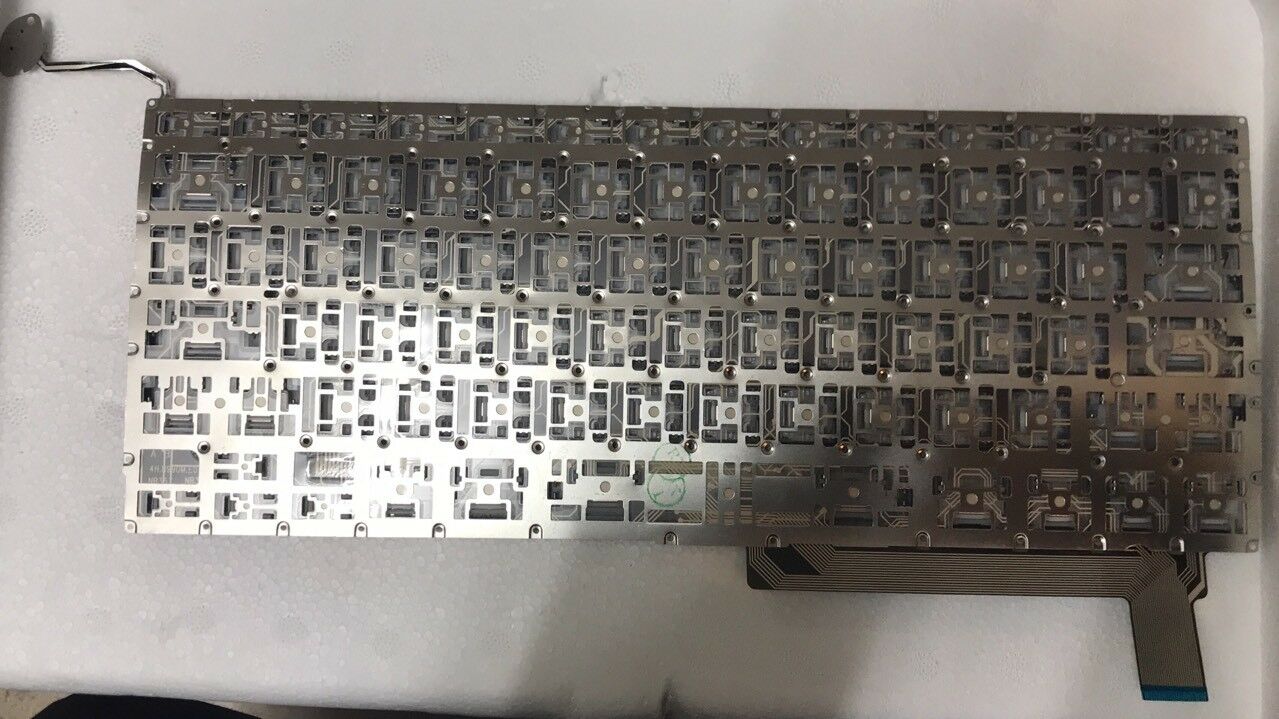

plist FilesĪ number of users solved their keyboard issues after removing the. Don’t forget to empty the bin so as to remove those programs for good. Then select the programs you recently installed and drag them to Trash. If this issue occurred after installing a new program on your Mac, launch Finder, and go to Applications. Open the Input menu, and check your current keyboard layout.Then select Show Input menu in menu bar.Go to System Preferences, select Keyboard, then click Input Sources.Select Alternative Control Methods and disable Mouse Keys.ĭon’t forget to check your keyboard layout as well.Then go back to Accessibility and select Pointer Control.Select click Hardware and disable Slow Keys if the option is enabled.Then go to Accessibility, and click Keyboard.Click on the Apple menu and select System Preferences.If the Slow Keys option is enabled, you need to hold the keys longer for your Mac to recognize what you’re typing. Go to System Preferences, select Software Update and check for updates. Install the latest updates and check if the issue is gone. Sometimes, major macOS releases bring issues of their own but Apple is usually quick to fix them. Check For UpdatesĮnsure you’re running the latest macOS version on your device. Alternatively, you can also use the virtual keyboard. Oftentimes, external keyboards work in spite of the built-in keyboard being unresponsive. Try connecting an external keyboard to your Mac so that you can type your password and log in to your computer. If this problem affects the built-in keyboard, continue with the steps below. Check if a different external keyboard works.

Then switch to a different port if possible. Make sure the connector is properly plugged into the port.If your external keyboard won’t type anything on your Mac, do the following: How Do You Fix an Unresponsive Keyboard on a Mac? If This Issue Affects an External Keyboard Go to an Authorized Apple Repair Center.If This Issue Affects an External Keyboard.How Do You Fix an Unresponsive Keyboard on a Mac?.


 0 kommentar(er)
0 kommentar(er)
